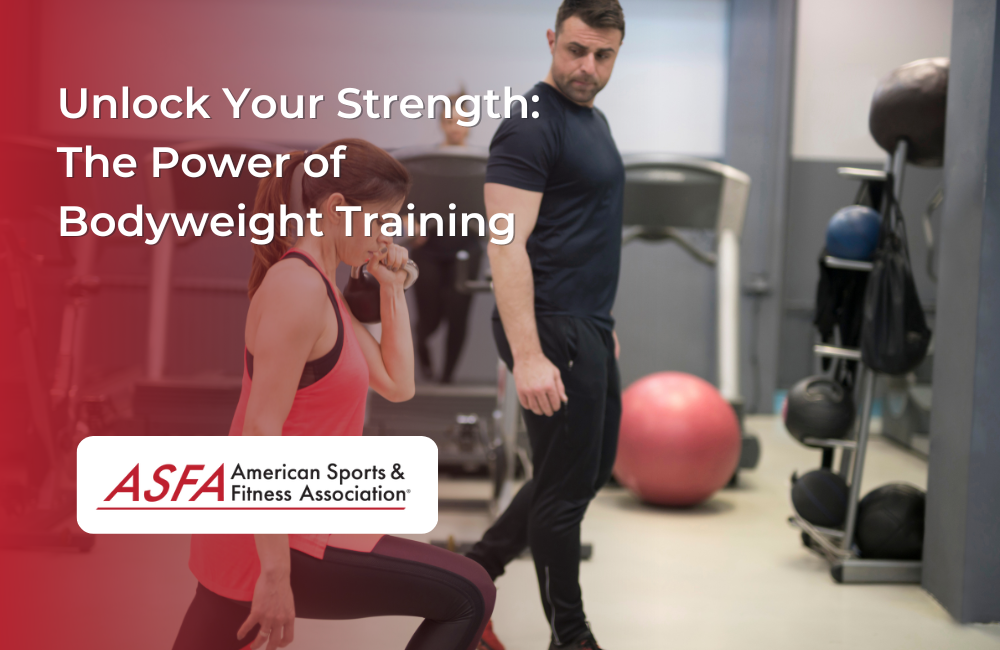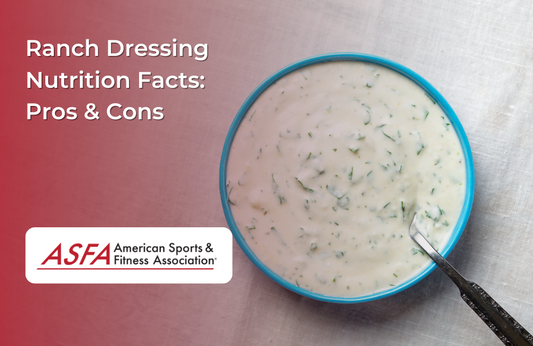The benefits of bodyweight training include:
Improving overall health by reducing the risk of heart disease and cancer as well as improving bone density. (1)
Maintaining muscle mass while losing body fat - is an important part of any healthy diet plan because it helps keep metabolism high so you burn more calories throughout the day even when resting (2).
Boosting strength levels from head to toe -- helps maintain mobility even as we age by improving posture & flexibility along with strengthening bones through impact exercises like jumping jacks or burpees (3).
Understand the benefits of bodyweight training.
Bodyweight training is a great way to get fit, but it's also versatile. You can do bodyweight exercises anywhere and at any time. The following are some of the benefits of bodyweight training:
Bodyweight exercises are portable, so you can train anywhere (in the park or at home).
Bodyweight exercises don't require any equipment, so they're easy to pack along on vacation or business trips.
Bodyweight exercises work your entire body by targeting multiple muscle groups simultaneously--and they're adaptable enough that they'll challenge even experienced athletes!
Choose a bodyweight exercise that fits your fitness level.
Choose an exercise that fits your fitness level.
Choose an exercise that you can do without straining. If you're just starting out and have little or no experience with bodyweight training, start with exercises that are easy on the joints and focus on proper form while performing each repetition.
Choose an exercise that is challenging but not too difficult. As you become more familiar with bodyweight exercises and get stronger, gradually increase the difficulty level until it's challenging enough for your goals--whether those include building muscle or improving mobility or strength overall (or both).
Choose a bodyweight exercise that is easy to do at home or in the gym: If possible, choose something portable like kettlebells so they can travel with you easily when traveling away from home; otherwise, look for equipment-free options like pushups against walls/doors where space permits! This can also help reduce injury risk since there won't be any weights involved unless specifically stated otherwise such as during "presses" which require dumbbells instead due to their weight distribution being unevenly distributed across each side unlike regular presses done without them ."
Use proper form to get the most from your workout.
Bodyweight exercises are a great way to get in shape and stay active, but they're not always easy to do. That's why it's important to use proper form when performing any bodyweight exercise.
Here are some tips on how you can make sure that your form is correct:
Use a mirror or have someone show you what proper form looks like before beginning any new exercise. This will help ensure that when the time comes for actual practice, all of the movements will be smooth and fluid instead of choppy or jerky--and this will prevent injury!
Keep your back straight and chest lifted throughout each rep (or set). This keeps tension off the lower back so it doesn't become overworked while doing these exercises!
Add variety to your workouts.
You can also add variety to your workouts by changing the order of exercises and using different types of equipment. For example, if you usually do squats first, try doing them last for a change. Or if you always use dumbbells for biceps curls, try barbells instead for one week.
When it comes to bodyweight training, there are many ways that you can make small changes in order to keep things interesting:
Change the number of reps (e.g., from 15 to 20) or sets (e.g., from 3-5)
Increase or decrease rest periods between sets (e.g., rest 30 seconds instead of 60 seconds)
Bodyweight training is an excellent way to get fit!
Bodyweight training is an excellent way to get fit! Bodyweight exercises can be done at home or in the park, and they're effective, efficient, and safe. They improve your balance, flexibility, strength, and endurance--and they're perfect for people with joint pain. You can use bodyweight exercises as part of a high-intensity interval training routine (HIIT) or as part of a longer workout plan with fewer reps per session but more sessions per week. Bodyweight exercises are scalable so they can be modified to suit your fitness level: if you're just starting out with exercise it may take some time before you're able to do full pushups or pullups without assistance; however, there are plenty of other options available such as wall sits instead of squats--or even just holding onto something while doing squats instead of sitting down on them entirely!
Conclusion
Bodyweight training is an excellent way to get fit! It's easy to do, requires no equipment, and can be done anywhere. By adding bodyweight exercises into your workout routine, you'll build muscle and burn fat while improving your balance and flexibility. Bodyweight exercises are also great for preventing injury because they focus on proper form over lifting heavy weights which puts less stress on joints than traditional weightlifting does.




